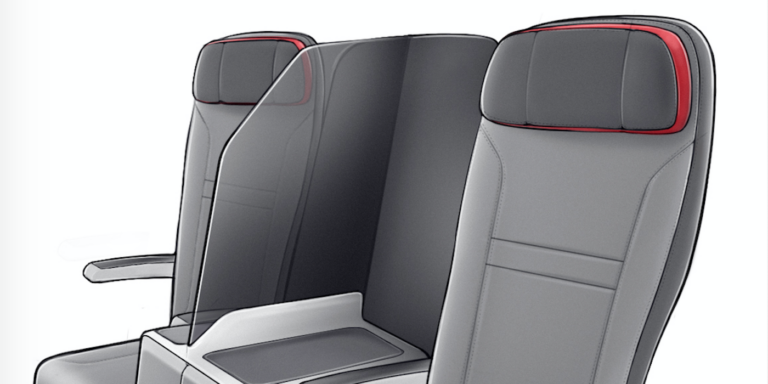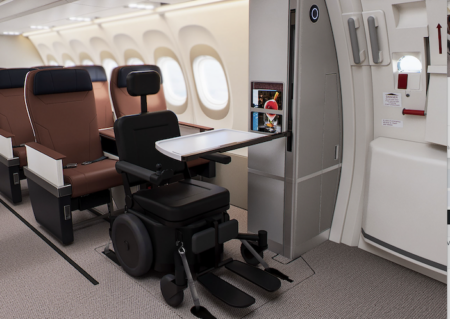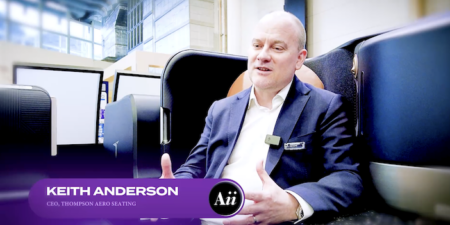The latest EASA protocols for the management of airline passengers provide guidance for the application of preventive measures for Covid-19, one of the greatest challenges ever faced by the airline industry. We believe that the return of passengers to air travel will be based upon their perception of safety. Airlines must find ways to bring back the perceived safety of air travel by creating layers of protection for passengers and crew, both in airports and especially in aircraft cabins. We believe we must provide more information and more protection in order to build trust.
Inflight amenity kits could be given to passengers, providing tissues for hand hygiene, as well as face masks. Giving information to passengers is also important, both physically and through airline apps, such as promoting their health and safety measures. The inflight kits could be used to explain the risk mitigation measures put in place and include best-practice information for hand hygiene, respiratory etiquette, use of masks, and other factors.
Air filtration systems and ventilation are topics often debated in public transport in today’s situation. Materials specifically engineered to avoid virus contamination could potentially be used in the coatings of cabin surfaces, providing an additional layer of protection. Disinfectant materials for air circulation and filters are also being studied for use in public transport and could potentially be applied in aircraft cabins.
The best seating strategies for social distancing in the cabin have been widely debated over the last few weeks. Specific protection would be useful, especially for long-haul flights. If you are going to spend 10 hours or longer in an aircraft then you will want to preserve your personal space even more than usual. Thus Almadesign proposes a seating solution for retrofit in long-haul 3+3+3 seat configurations (A350, 787, etc), where the middle seat is fitted with a storage space and a physical divider.

This design would add to the layers of protection in the cabin and help to build trust. Although the reduced seat count could create a significant reduction in revenue for airlines, each passenger would effectively now be in a business class seat, with more personal space, feeling safer and more comfortable.
Will passengers be willing to pay more to compensate? Airlines will probably have to decide between a) full capacity aircraft with passengers feeling less safe or b) two-thirds capacity with more comfortable and confident passengers, who are willing to pay for that personal space. A new trade-off is still to be found.
As with any crisis, there is an opportunity to foster the development of new tools, such as all kinds of digital touchless interfaces which could help all operational processes for a seamless passenger flow at the airport and aircraft, limiting contact with aircraft surfaces, avoiding cash payments, and protecting both crew and passengers. We believe with having these protection systems put together can help rebuild passenger trust and confidence in air travel – an industry known for its high safety standards.





